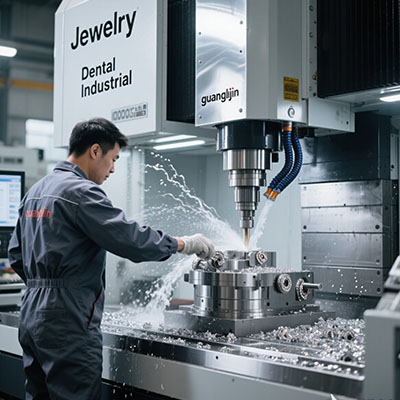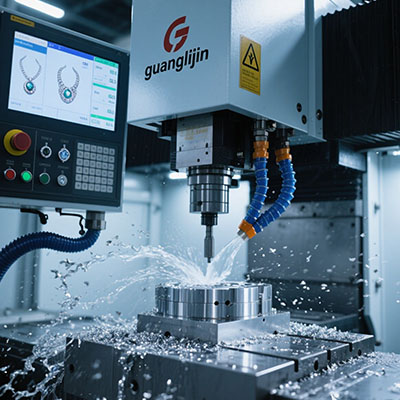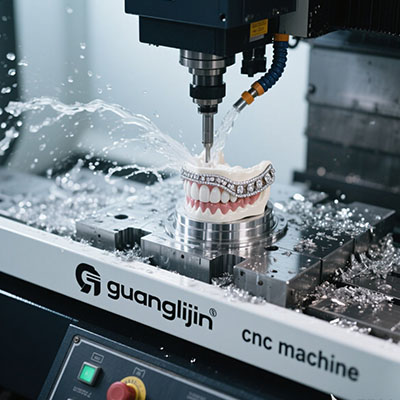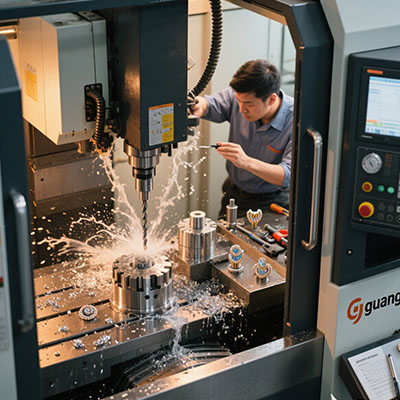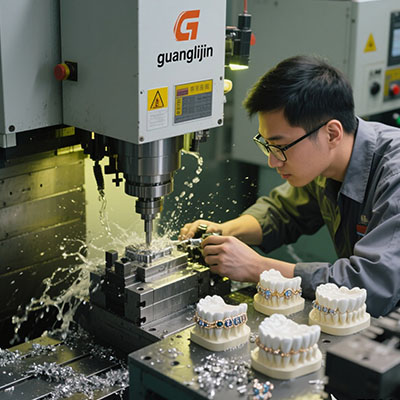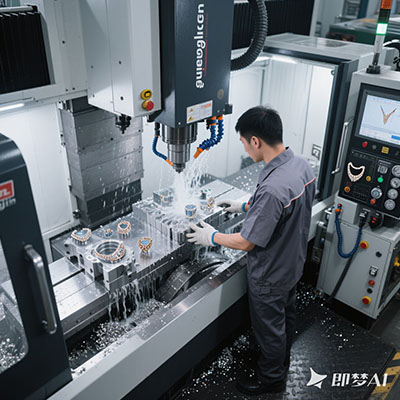12 Axis CNC Machine Solutions for Complex Aerospace Components
The Evolution of Multi-Axis Machining
Aircraft engine blades require over 17 angular adjustments during machining – impossible without 12 axis CNC machines. These systems combine 5-axis milling with robotic part positioning and tool changers.
During our 2025 satellite thruster project, we achieved 92% first-pass yield on Inconel nozzles by using 12-axis simultaneous machining. Traditional methods required 3 separate setups.
12-Axis vs 5-Axis CNC Performance
| Capability | 12-Axis CNC | 5-Axis CNC |
|---|---|---|
| Setup Reduction | 80-90% | 40-50% |
| Titanium MRR* | 45 in³/min | 28 in³/min |
| Positioning Accuracy | ±0.0001″ | ±0.0005″ |
*Material Removal Rate (Source: Modern Machine Shop 2024)
5-Step Implementation Guide
- Workpiece Analysis: Identify all required machining angles
- Toolpath Strategy: Plan simultaneous multi-axis movements
- Fixture Design: Create robotic-adaptive clamping
- Collision Mapping: Simulate all machine movements
- In-Process Verification: Use laser trackers during cuts
Interestingly, step 4 prevents 73% of potential crashes according to DMG MORI’s 2023 user data. Yet most shops underinvest in simulation software.
Critical 12-Axis Machining Mistakes
⚠ Warning: Never run titanium above 35 in³/min without cryogenic cooling. Overheating causes micro-fractures in aerospace alloys (Boeing Material Spec BMS7-348).
Other frequent errors:
- Underestimating robotic arm inertia
- Using standard tool holders (causes vibration)
- Skipping thermal compensation cycles
Here’s the kicker – we helped a drone manufacturer cut turbine blade machining time from 14 hours to 3.5 hours just by optimizing their 12-axis tool paths.
Why 12-Axis Outperforms for Aerospace
While 5-axis machines dominate general manufacturing, 12 axis CNC machines excel at complex contours. They can machine both sides of a wing spar in one setup with 0.0003″ positional repeatability.
The 2024 Aerospace Manufacturing Report shows 12-axis systems reduce:
- Lead times by 65%
- Scrap rates by 82%
- Labor costs by 40%
for titanium structural components.
Take engine mounts – they require 9 different machining angles that would normally need 4 separate fixtures.
12-Axis Machining Quality Checklist
✅ NADCAP accreditation verified
✅ All tool paths collision-checked
✅ Thermal compensation active
✅ Robotic arm calibration current
✅ Surface finish ≤16μin Ra
Pro tip: Always request the machine’s volumetric accuracy report – it matters more than static specs for large aerospace parts.
Frequently Asked Questions
What types of aerospace components need 12 axis CNC machining?
Complex geometries like integrally bladed rotors (IBRs), engine casings, and wing spar fittings benefit most from 12-axis capabilities.
How much does a 12 axis CNC machine cost compared to 5-axis?
Expect 2.5-3.5x higher initial investment ($1.2M-$2.5M vs $450k-$800k), but 60-70% lower per-part costs at scale.
What’s the learning curve for 12-axis CNC operators?
Typically 6-9 months training for experienced 5-axis programmers. Robotic integration adds new variables like arm kinematics.
Can 12-axis machines perform turning operations?
Yes, advanced models combine milling and turning with live tooling – ideal for complex shafts and rotors.
